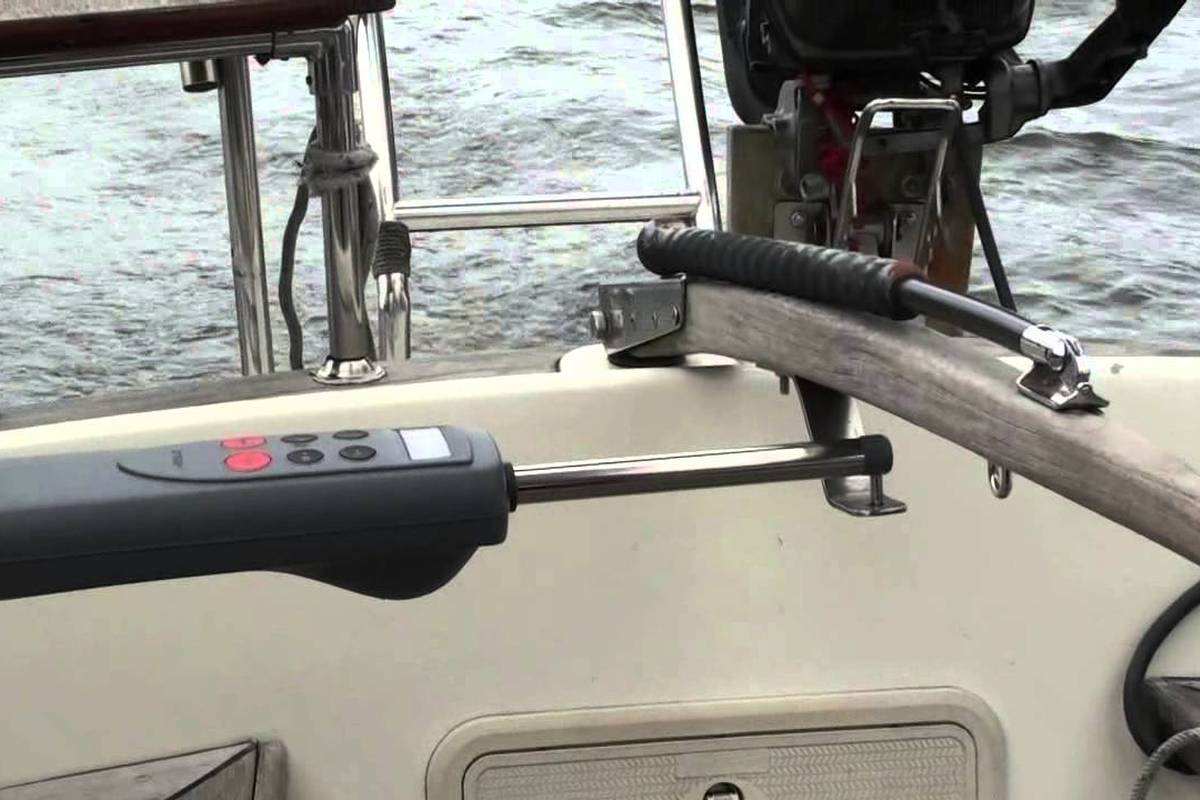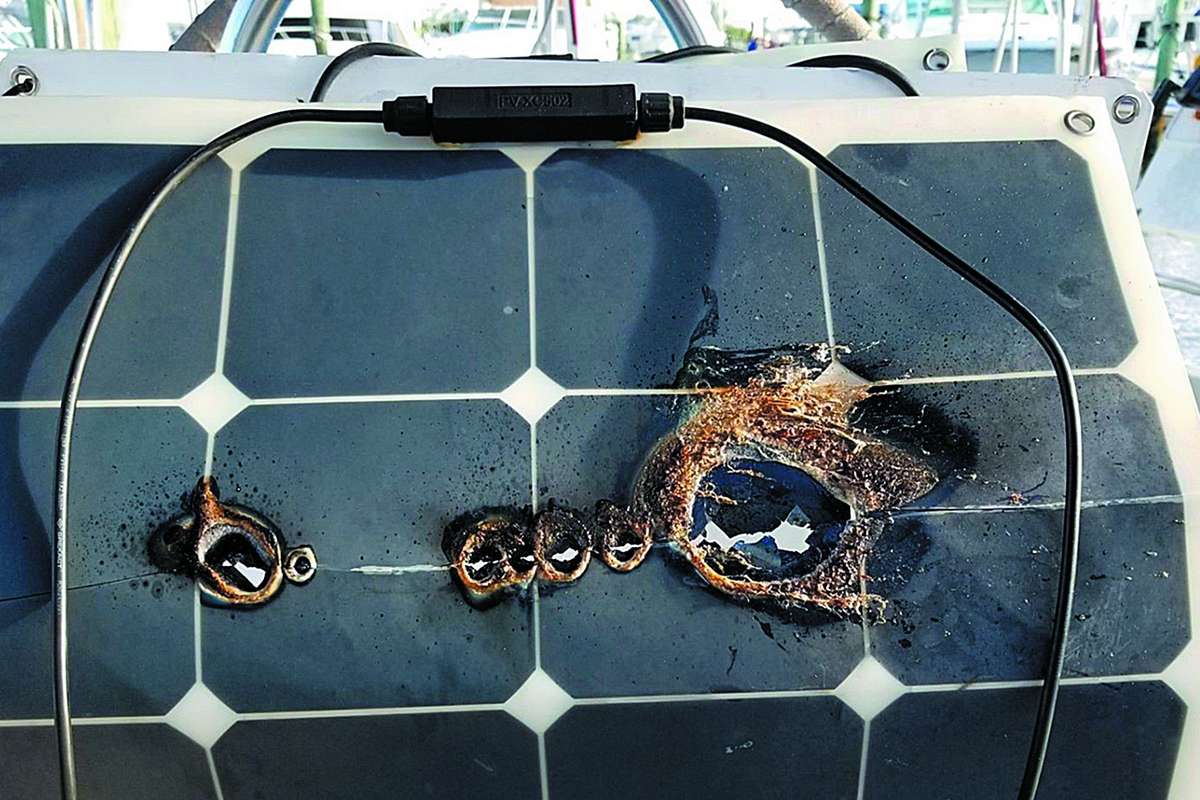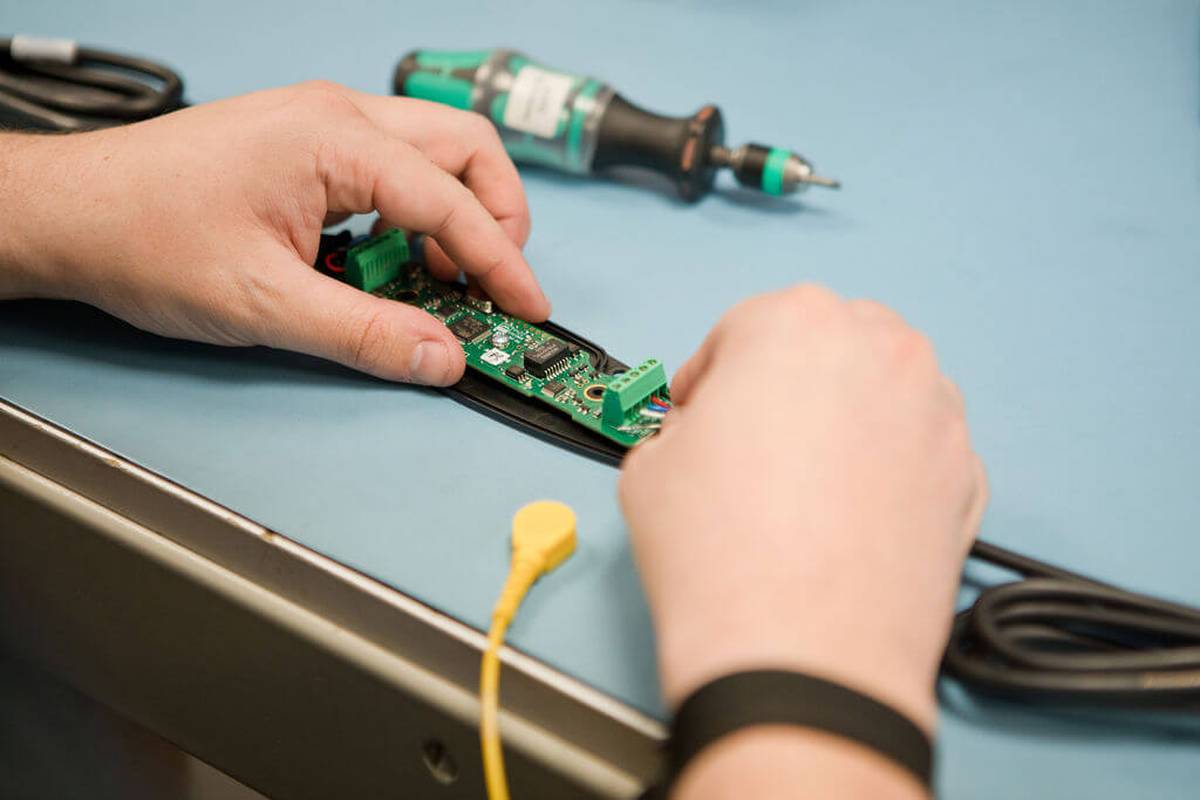The Simrad TP10 and Raymarine ST1000 Plus are both tiller pilots designed to automate steering for small to medium-sized sailboats.
While both units aim to provide sailors with convenient, hands-free navigation, they come with distinct features, designs, and capabilities that may make one more suitable than the other depending on your specific needs.
In this side-by-side comparison, we’ll look at how both tiller pilots fare with each other in certain aspects.
Performance
Both tiller pilots are designed for similar ranges of boat sizes and displacements. The Simrad TP10 is optimized for boats up to 32 feet in length and 3.7 tons of displacement, while the Raymarine ST1000 Plus is intended for boats up to 36 feet and 6,600 pounds.
In terms of performance, both are robust and reliable, but the Raymarine unit has a slightly broader range of applications due to its higher capacity.
User Interface
The Raymarine ST1000 Plus comes with an LCD screen and a more complex set of controls, allowing for fine-tuning of the device’s behavior. The interface includes a variety of modes and settings, such as auto-tack, that can be easily accessed through the control panel.
The Simrad TP10, on the other hand, offers a more simplified user interface with fewer buttons and no display screen. This makes the TP10 easier to use at a glance but less flexible in terms of customized navigation settings.
Features and Capabilities
The Raymarine ST1000 Plus boasts advanced features like integrated SeaTalk networking, which allows it to interface with other Raymarine instruments and multi-function displays.
The ST1000 Plus also has NMEA 0183 support. This gives it an edge in terms of expandability and compatibility with other devices. Aside from that, it offers a robust set of navigational controls, including programmable tacking angles and waypoint navigation when connected to a compatible GPS.
The Simrad TP10 does not offer as many advanced features, focusing more on straightforward, reliable performance. It has fewer connectivity options, with no NMEA or SeaTalk compatibility.
This makes the TP10 less versatile but also less complex to operate, which might be a positive aspect for some users who want a simple, plug-and-play device.
Durability and Design
Both units are designed for durability as they’re able to withstand the harsh marine environment. The Raymarine ST1000 Plus has a reputation for robustness, built with high-quality materials designed for long-term durability.
Simrad’s TP10 also offers solid construction but is generally considered to have a less rugged build compared to the Raymarine unit.
Price
While prices can vary based on region and retailer, the Raymarine ST1000 Plus typically comes at a higher price point than the Simrad TP10. This is understandable given its additional features and capabilities.
The TP10, being more budget-friendly, offers good value for boaters who are looking for essential functions without the added complexity and cost.
Conclusion
The choice between the Simrad TP10 and the Raymarine ST1000 Plus will largely depend on what you need from a tiller pilot.
If you’re looking for a straightforward, easy-to-use device, the Simrad TP10 might be the way to go. If you need a tiller pilot with more advanced features, higher capacity, and the ability to integrate with other onboard systems, the Raymarine ST1000 Plus would be a better fit.





Leave a Reply